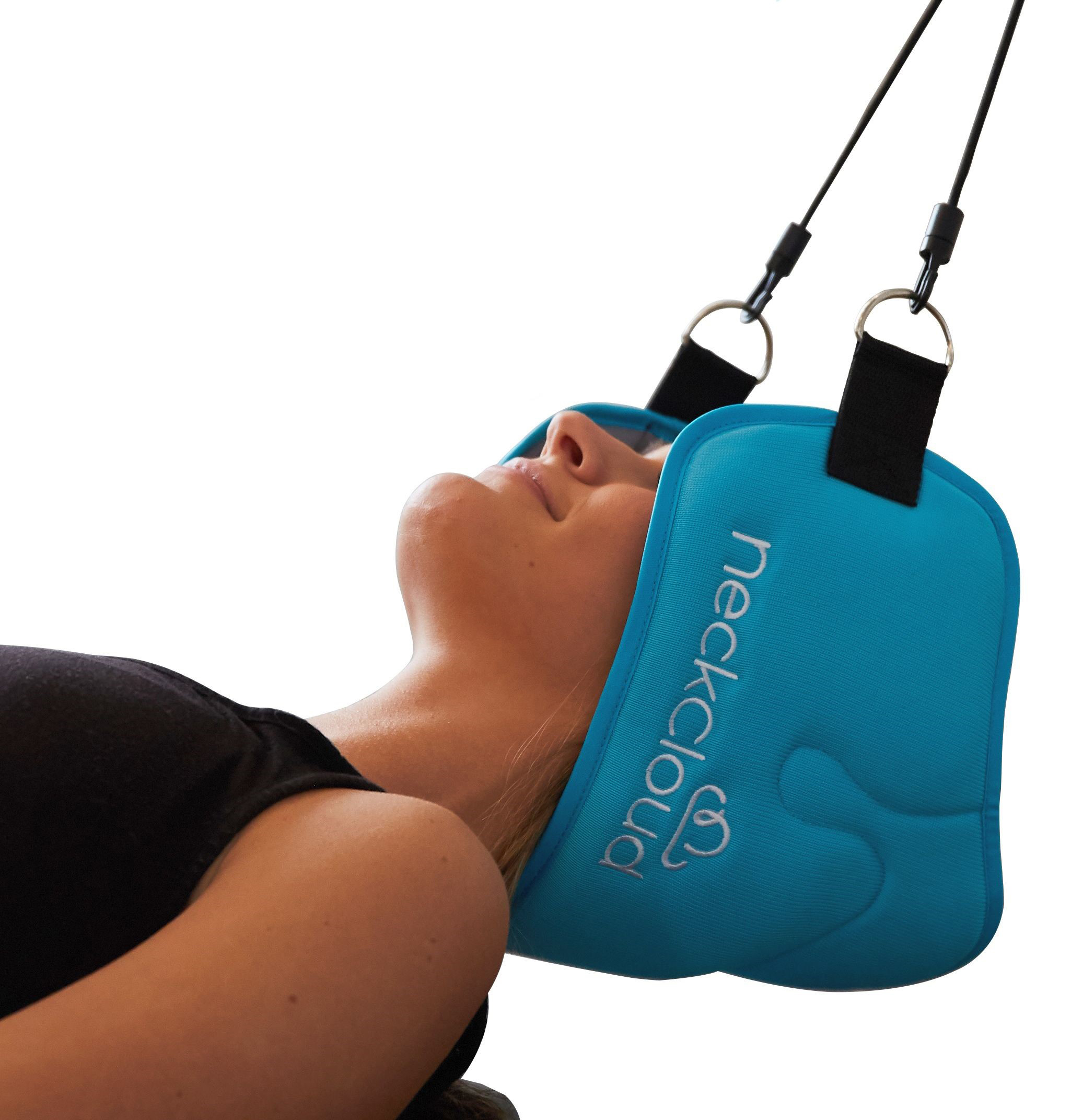Neck Discomfort in the Work Environment: Determining Risk Aspects and Carrying Out Ergonomic Solutions
Neck pain in the office is a common problem that can influence employee well-being and efficiency. By understanding the numerous risk variables adding to neck discomfort and implementing ergonomic options, organizations can create a more conducive job environment. Identifying these aspects is crucial in developing targeted techniques to minimize pain and avoid future injuries. Addressing ergonomic concerns not only improves staff member wellness but also promotes general task complete satisfaction and efficiency.
Typical Root Causes Of Neck Discomfort
Neck pain in the office is a prevalent concern that can be attributed to a number of common causes. Among the main offenders is inadequate posture, which commonly arises from long term periods of sitting incorrectly at a desk or workstation. This can bring about stress on the neck muscles and joints, causing discomfort and pain. In addition, recurring motions such as constant flexing, twisting, or reaching can additionally add to neck pain in time. Straining the neck by holding it in an uncomfortable position for extensive durations, like supporting the phone between the ear and shoulder, can aggravate the problem (neck cloud).

Ergonomic Risk Aspects
Poor functional designs in the workplace can substantially contribute to neck pain among workers. Variables such as incorrect desk elevation, insufficient chair assistance, and uncomfortable positioning of computer displays can all contribute in the growth of neck pain. When employees are compelled to rest for extensive periods ready that strain their neck muscular tissues, it can lead to tightness, soreness, and even more serious bone and joint concerns gradually.
Furthermore, inadequate ergonomic practices can lead to workers taking on uncomfortable postures while working, such as craning their necks to see a computer screen or reaching uncomfortably for a mouse or key-board. neck cloud. These repetitive motions and unnatural placements can place undue stress on the neck and surrounding muscular tissues, resulting in discomfort and lowered performance

Desk Configuration Recommendations
When setting up a workdesk in the work environment, it is necessary to official statement focus on the functional designs of the environment. To lessen the threat of neck discomfort and pain, there are numerous desk setup referrals that staff members need to consider. Firstly, ensure that the computer monitor is placed at eye degree to stop stressing the neck by searching for or down. The key-board and mouse ought to be put at an elevation where the arm joints are curved at a 90-degree angle to advertise appropriate wrist placement. Furthermore, the chair elevation need to enable the feet to rest flat on the flooring with thighs parallel to the ground.
It is likewise important to have ample illumination to minimize eye strain, as scrunching up your eyes or leaning ahead can he has a good point lead to neck stress. Organize the workdesk design to keep regularly utilized items within arm's reach, restricting the need for recurring turning or reaching activities. By executing these desk arrangement recommendations, staff members can produce an extra ergonomic office that supports neck health and wellness and decreases the risk of creating work-related neck discomfort.
Stretching and Workout Tips
Easy desk-friendly stretches can assist minimize neck discomfort and prevent tightness. Neck rolls, shoulder shrugs, and mild side-to-side neck stretches are effective in eliminating stress.
It is vital to take time-outs throughout the workday to do these workouts. Setting pointers or using apps that motivate activity can help establish a routine extending regimen. It is necessary to pay attention to your body and stay clear of overstretching, especially if you are new to these exercises. Uniformity is vital, so purpose to incorporate stretching and exercise into your daily work routine. By prioritizing these activities, you can improve your physical well-being, decrease the risk of neck pain, and improve your general efficiency in the work environment.
Relevance of Normal Breaks
In a fast-paced job environment where official statement needs can contribute to physical strains like neck discomfort, developing a regimen that emphasizes the relevance of routine breaks is paramount. By integrating short breaks right into the work regular, employees can lower the risk of establishing neck discomfort and boost overall convenience and productivity.
Routine breaks allow workers to relax their muscle mass, stretch, and turn, avoiding rigidity and promoting much better blood circulation. Motivating staff members to take brief breaks every 30-60 minutes can aid decrease the accumulation of stress in the neck and shoulders. These breaks can likewise function as an opportunity for staff members to practice relaxation techniques or gentle neck stretches, additionally promoting bone and joint wellness. Executing a society that values and prioritizes routine breaks can have a significant effect on lowering neck pain and enhancing general health in the workplace.
Verdict
Finally, addressing ergonomic risk factors and executing appropriate workstation arrangements are essential in reducing neck pain in the workplace. By promoting good stance, providing adequate support, and motivating normal breaks and stretches, companies can produce a healthier and more productive job environment for employees. Prioritizing staff member well-being with ergonomic solutions is key to stopping pain and boosting general work environment contentment.
Neck discomfort in the office is a common problem that can impact staff member health and efficiency. By recognizing and attending to these typical reasons of neck pain in the workplace, employers can take proactive actions to develop a much more ergonomic and comfy work environment for their staff members.
Poor ergonomics in the office can substantially contribute to neck discomfort among employees. By applying these desk arrangement suggestions, employees can develop a more ergonomic work space that supports neck wellness and decreases the risk of developing job-related neck pain.
Neck rolls, shoulder shrugs, and mild side-to-side neck stretches are effective in eliminating tension.